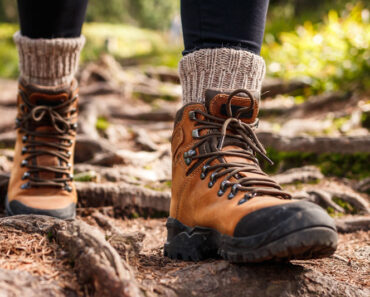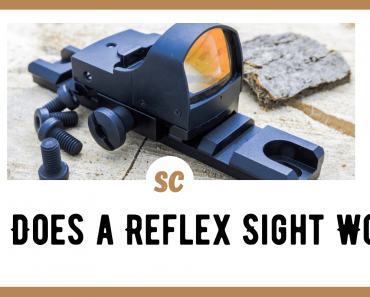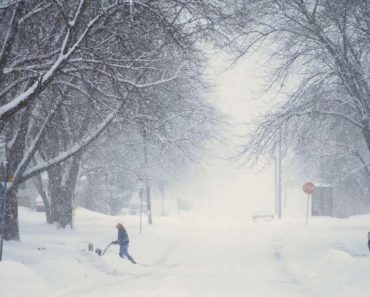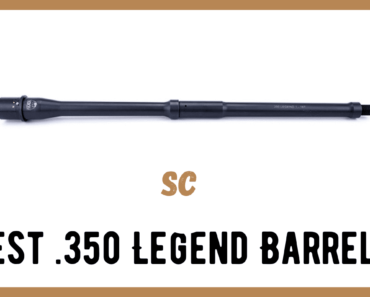In the decades that I’ve been involved in survival, there have been many ideas that have come and gone. There are also ideas which should have gone, but just seem to keep hanging around. Part of this is due to people without much experience in survival, writing about it. Like anything else on the internet, ideas that sound good are copied and reworded, often without bothering to check the accuracy or validity of the information.
What this means is that there are plenty of books, articles and survival lists in the prepping community, which contain things you don’t really need. Some might be useful, even though they aren’t necessities; while others are truly useless in a survival situation.
Please note that some of these will be qualified answers. I might recommend against something as being part of your main survival plan; but say that it is okay as a backup item. I firmly believe in applying the KISS principle (keep it simple stupid) to survival. Just having to survive is enough of a challenge, without using something difficult to accomplish a task, when there are simpler ways available.
Entertainment
I first started seeing this show up in prepping books and lists about 15 years ago and it doesn’t make any more sense to me today, than it did back then. To me, this is a reflection on how far we’ve sunk as a society, where we think that entertainment is a necessity for survival.
Oh, I get it, they’re talking about our mental health. We all need some time to relax and unwind, to maintain our mental equilibrium. But if we have time for entertainment, in the midst of a disaster, we’re probably not in the midst of a disaster. Just trying to survive a true disaster or the aftermath of said true disaster is going to take all the time we have. There won’t be any time for fun and games. If there is some occasional time, then I’m sure that people will find ways to entertain themselves, without having to stockpile games and movies.
Difficult Fire Starters
There is a lamentable tendency in the prepping community to focus on difficult or obscure means of starting fires. This probably comes from survival instructors, who list their many fire-starting methods are part of their claim to fame. The more obscure the method, the better the instructor; or something like that.
When push comes to shove, we’re going to need something that is easy to use and reliable in all weather conditions. That means being able to use it reliably in the midst of a storm. There really aren’t all that many fire starters that you can count on for that.
Don’t get me wrong; it’s worthwhile learning all the fire-starting methods you can. But that’s not the same as relying on some friction method, like a bow drill, as your primary fire starter. Nor is it the same as relying on a Ferro Rod as your primary fire-starter. Keep the Ferro-Rod, but find something easier to work with as your primary fire-starter.
My favorite fire-starter is a stormproof lighter. It’s easy to work with, reliable and will work in the midst of a storm. Since it is refillable, it will be years before I run out of fuel. I have the others; but this is my go-to when I need to start a fire.
Disposable Lighters
Speaking of unreliable fire starters; who ever came up with the idea that a disposable butane lighter was a good survival fire-starter? All it takes is the slightest puff of wind, and the flame is out. That is, assuming you were able to get a flame in the first place. Those are notorious for not igniting in the least bit of breeze. On top of that, propane doesn’t flash to a gas in cold weather, making it almost useless in the wintertime.
Please note that the stormproof lighter I mentioned above is also a butane lighter; but there’s a huge difference in the design. The one I have constantly ignites, over and over again, so that if the wind manages to blow it out, it relights itself before I can think of doing so. That’s a huge difference, when you’re out in the woods and have to get a fire going.
Propane Camp Stoves
Camp stoves are a wonderful means of cooking food, if the lack of power or gas prevent you from using your regular stove. But I see too many people referring to propane came stoves, when they talk about camp stoves. Granted, that’s most of what’s on the market these days; but they were not developed with survival in mind.
The problem with these stoves is that they use those one-pound propane bottles, which cost about six dollars each. During a crisis, you won’t be able to run down to your corner store and stock up. Once you use the ones you have, that camp stove won’t be useful for anything.
On the other hand, Coleman still makes the “dual-fuel” stove that they’ve been making for almost forever. Those will run off of gasoline. While I’m pretty sure that gasoline will run out in a TEOTWAWKI event, I’m also pretty sure that it won’t in the wake of other disasters. That will be one of the first parts of the supply chain that they manage to restore.
Fancy Bug Out Vehicles
I’m probably going to raise some ire with this one; but there really is no need for those fancy four-wheel-drive bug out vehicles that people put a minor fortune into. If you think about it, a bug out vehicle serves one purpose, and one purpose only; to get you from your home to your survival retreat, assuming you decide you need to bug out. Once you’re there, the bug out vehicle has no purpose and probably won’t have any fuel to go anywhere anyway.
Don’t get me wrong here; I’m not saying that you shouldn’t own a four-wheel-drive truck or SUV, if you want one. All I’m saying is that you shouldn’t allow that purchase to keep you from buying other prepping equipment and supplies that you need. Justifying it, by saying you have to be able to get out of Dodge, may be actually fooling yourself, rather than protecting your family.
Survival Gadgets
There has been a plethora of survival gadgets that have come out in the last decade. Some of these were developed by preppers and survivalists, trying to solve a problem or find a better way of doing things. Many of those are quite good. But there has also been a mountain of gadgets that the “prepping and survival niche” have developed, with the main purpose of relieving us of our money.
Many of these devices try and combine multiple functions together in one device. The manufacturers do this to make it look like you’re getting more value for your money. But what’s really happening is that they’re reducing the quality of the individual components, so that they can afford to add those features. With survival knives, for example, they use a lower quality steel, saving money there, so that they can afford to add the other whistles and bells that you’ll probably never use.
By and large, you’re better off investing in simpler, quality survival gear. The more they combine in one piece of gear, the more there is to go wrong. Sadly, when something does go wrong, it probably disables the entire device, along with all its functions.
Tomahawk
I’m not sure where the idea of replacing a hatchet with a tomahawk came from; but it sure is popular. The thing is, the two aren’t the same, no matter how similar they might look. A hatchet is designed with a wedge-shaped head, so that it can be easily used to split wood for a fire. The tomahawk, on the other hand, has a very thin head, so that it will penetrate well. It’s a weapon, where penetration is important. But that penetration doesn’t mean that it will split wood for a fire, as it doesn’t have the wedge action that a hatchet does.
The tomahawk is a weapon, primarily used at melee range, but with the added ability to be thrown for short distances. In an age of firearms, it is a novelty of a bygone age, more than anything else. If things get bad enough that we need to use tomahawks as weapons, we’re going to need to take a good look at other medieval melee weapons, choosing the most effective of the lot.
Multi-tool
I’m not sure where the idea that the Leatherman multi-tool and all the other tools fashioned after is were created to be survival tools, but they’re not. Don’t get me wrong; I have a couple of multi-tools and find them to be very useful tools, on a day-to-day basis, especially when I’m away from home and don’t have a toolbox with me. But I can’t think of a single survival instance, either a real one or a practice one, where I have found a multi-tool to be useful. They’re for repairing things, not for survival.
That’s not to say that a multi-tool will never be useful in a survival scenario; just that it isn’t useful for what we consider to be survival tasks. Where it might be useful is if we have a piece of survival gear break, which we can use it to fix. Of course, that’s assuming we can fix the piece of survival gear, which would be very iffy in a survival situation, where we don’t have access to hardware and other parts.




























